Dyson Purifier Humidify+Cool Autoreact (White/Nickel)
Purifier. Humidifier. Fan. All In one. Automatically senses, captures, and traps pollutants for cleaner air. Purifies and humidifies the whole room.
Purifier. Humidifier. Fan. All In one. Automatically senses, captures, and traps pollutants for cleaner air. Purifies and humidifies the whole room. Dyson 2-year warranty.
Automatically purifies and hygienically humidifies for a healthier, more comfortable environment
The latest Dyson purifier humidifier is engineered to help improve your air quality. An advanced filtration system combines an activated carbon filter to remove gases and odors with a HEPA filter to capture 99.97% of particles 0.3 microns in size. Powerful Air Multiplier™ technology projects purified, humidified air throughout the room.³
Helpful air humidifying tips
Dyson purifier humidifiers can achieve desired humidity either automatically or manually in a single room. In Auto mode, set it and forget it. In Manual mode, the LCD prompts you to increase airflow to help you achieve your target quicker. Our machines work most efficiently in a sealed environment.
Senses and reports, automatically
Integrated sensors constantly analyze your air, while our unique algorithm cross-checks data every second. It diagnoses pollutants at a molecular level, displaying live results on the LCD.
Captures gases and ultrafine particles
The HEPA filter captures 99.97% of particles 0.3 microns in size. A layer of activated carbon also removes odors and gases including VOCs.
Destroys potentially harmful bacteria
Dyson Ultraviolet Cleanse technology exposes every drop of water to a UV light, removing 99.9% of bacteria in the water to hygienically humidify.²
Fully sealed to HEPA H13
To prevent pollutants leaking back into the air, it’s not just the filter that’s sealed to HEPA H13 standard⁴, it’s the whole machine. So what goes inside, stays inside.
Circulates purified humidified air
Dyson Air Multiplier™ technology mixes and circulates purified, humidified air throughout the room.
Cools you when needed
In warmer weather, a powerful stream of purified, humidified airflow can cool you down.⁸
Auto mode
Constantly monitors your air quality, automatically adjusting airflow to reach and maintain the most comfortable humidity level and react to pollution events.
Continuous humidification
An efficient water management system and a one gallon tank give you up to 36 hours⁶ of hygienic humidification without regular refilling.
Night mode
Purifies using the quietest settings and a dimmed display. Sleep timer enables pre-set intervals of use, between 15 minutes and 9 hours.
Backward airflow mode
Diverts airflow through the back of the machine to purify and humidify without cooling you.
Breeze mode
Unique algorithms vary the airflow to mimic a cooling, refreshing breeze.
Jet axis control
Two oscillators guide the airflow – projecting separately, or in unison, so you can choose different airflow modes.
Deep clean cycle
Activate the machine’s monthly hassle-free Deep clean cycle at the touch of a button. It will guide you through the simple step-by-step process.
Simple filter changes
Built-in reminders show you when your combination filter needs changing. It’s quick and easy to do.
Additional information
| Height | 36.33 in |
|---|---|
| Length | 12.28 in |
| Width | 11.02 in |
| Weight | 18 lb |
| Airflow at max. setting | 87 gallon |
| Oscillation/Angle | 90 degrees |
| Cord length | 6 ft |
| Number of speed settings | 10 |
| HEPA filter | HEPA H13 |
Cool commonly refers to:
- Cool, a moderately low temperature
- Cool (aesthetic), an aesthetic of attitude, behavior, and style
Cool or COOL may also refer to:
Dyson may refer to:
- Dyson (surname), people with the surname Dyson
- Dyson (company), a Singaporean multinational home appliances company founded by James Dyson
- Dyson (crater), a crater on the Moon
- Dyson (operating system), a Unix general-purpose operating system derived from Debian using the illumos kernel, libc, and SMF init system
- Dyson sphere, a hypothetical megastructure that completely encompasses a star and captures most or all of its power output
- Dyson tree, a hypothetical plant suggested by physicist Freeman Dyson
- Eufloria (formerly called Dyson), a video game based on the idea of Dyson trees
- USS Dyson (DD-572), a United States Navy destroyer in commission from 1942 to 1947
- NOAAS Oscar Dyson (R 224), an American fisheries and oceanographic research ship in commission in the National Oceanic and Atmospheric Administration since 2005
- Dysons, an Australian bus operator
- Dyson, a character in the Canadian television series Lost Girl
- The Charles H. Dyson School of Applied Economics and Management, often referred to as "Dyson"
Nickel is a chemical element; it has symbol Ni and atomic number 28. It is a silvery-white lustrous metal with a slight golden tinge. Nickel is a hard and ductile transition metal. Pure nickel is chemically reactive, but large pieces are slow to react with air under standard conditions because a passivation layer of nickel oxide forms on the surface that prevents further corrosion. Even so, pure native nickel is found in Earth's crust only in tiny amounts, usually in ultramafic rocks, and in the interiors of larger nickel–iron meteorites that were not exposed to oxygen when outside Earth's atmosphere.
Meteoric nickel is found in combination with iron, a reflection of the origin of those elements as major end products of supernova nucleosynthesis. An iron–nickel mixture is thought to compose Earth's outer and inner cores.
Use of nickel (as natural meteoric nickel–iron alloy) has been traced as far back as 3500 BCE. Nickel was first isolated and classified as an element in 1751 by Axel Fredrik Cronstedt, who initially mistook the ore for a copper mineral, in the cobalt mines of Los, Hälsingland, Sweden. The element's name comes from a mischievous sprite of German miner mythology, Nickel (similar to Old Nick). Nickel minerals can be green, like copper ores, and were known as kupfernickel – Nickel's copper – because they produced no copper.
Although most nickel in the earth's crust exists as oxides, economically more important nickel ores are sulfides, especially pentlandite. Major production sites include the Sudbury region, Canada (which is thought to be of meteoric origin), New Caledonia in the Pacific, Western Australia, and Norilsk, Russia.
Nickel is one of four elements (the others are iron, cobalt, and gadolinium) that are ferromagnetic at about room temperature. Alnico permanent magnets based partly on nickel are of intermediate strength between iron-based permanent magnets and rare-earth magnets. The metal is used chiefly in alloys and corrosion-resistant plating.
About 68% of world production is used in stainless steel. A further 10% is used for nickel-based and copper-based alloys, 9% for plating, 7% for alloy steels, 3% in foundries, and 4% in other applications such as in rechargeable batteries, including those in electric vehicles (EVs). Nickel is widely used in coins, though nickel-plated objects sometimes provoke nickel allergy. As a compound, nickel has a number of niche chemical manufacturing uses, such as a catalyst for hydrogenation, cathodes for rechargeable batteries, pigments and metal surface treatments. Nickel is an essential nutrient for some microorganisms and plants that have enzymes with nickel as an active site.
Purifier(s) may refer to:
- Air purifier, a device that filters pollution out of the air
- Water purification, removing contaminants from water, sometimes using a water purifier
- The Purifiers, a 2004 action film
- Purifiers (Marvel Comics), a fictional terrorist organization
White is the lightest color and is achromatic (having no hue). It is the color of objects such as snow, chalk, and milk, and is the opposite of black. White objects fully reflect and scatter all the visible wavelengths of light. White on television and computer screens is created by a mixture of red, blue, and green light. The color white can be given with white pigments, especially titanium dioxide.
In ancient Egypt and ancient Rome, priestesses wore white as a symbol of purity, and Romans wore white togas as symbols of citizenship. In the Middle Ages and Renaissance a white unicorn symbolized chastity, and a white lamb sacrifice and purity. It was the royal color of the kings of France as well as the flag of monachist France from 1815 to 1830, and of the monarchist movement that opposed the Bolsheviks during the Russian Civil War (1917–1922). Greek temples and Roman temples were faced with white marble, and beginning in the 18th century, with the advent of neoclassical architecture, white became the most common color of new churches, capitols, and other government buildings, especially in the United States. It was also widely used in 20th century modern architecture as a symbol of modernity and simplicity.
According to surveys in Europe and the United States, white is the color most often associated with perfection, the good, honesty, cleanliness, the beginning, the new, neutrality, and exactitude. White is an important color for almost all world religions. The pope, the head of the Roman Catholic Church, has worn white since 1566, as a symbol of purity and sacrifice. In Islam, and in the Shinto religion of Japan, it is worn by pilgrims. In Western cultures and in Japan, white is the most common color for wedding dresses, symbolizing purity and virginity. In many Asian cultures, white is also the color of mourning.

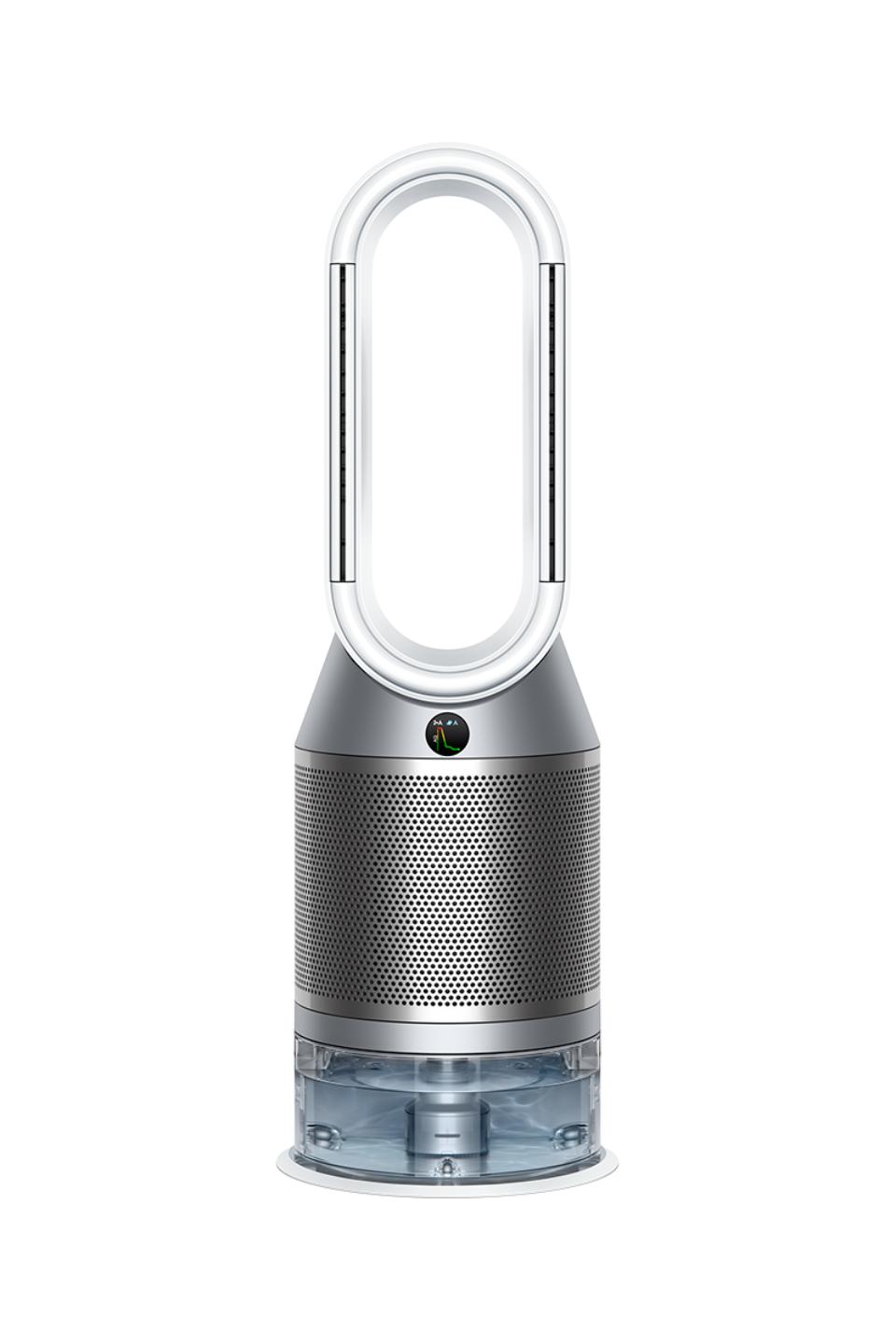
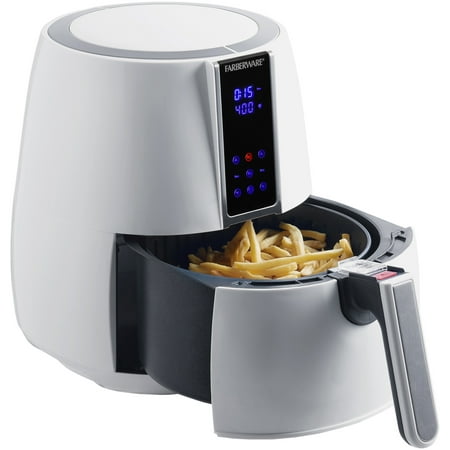
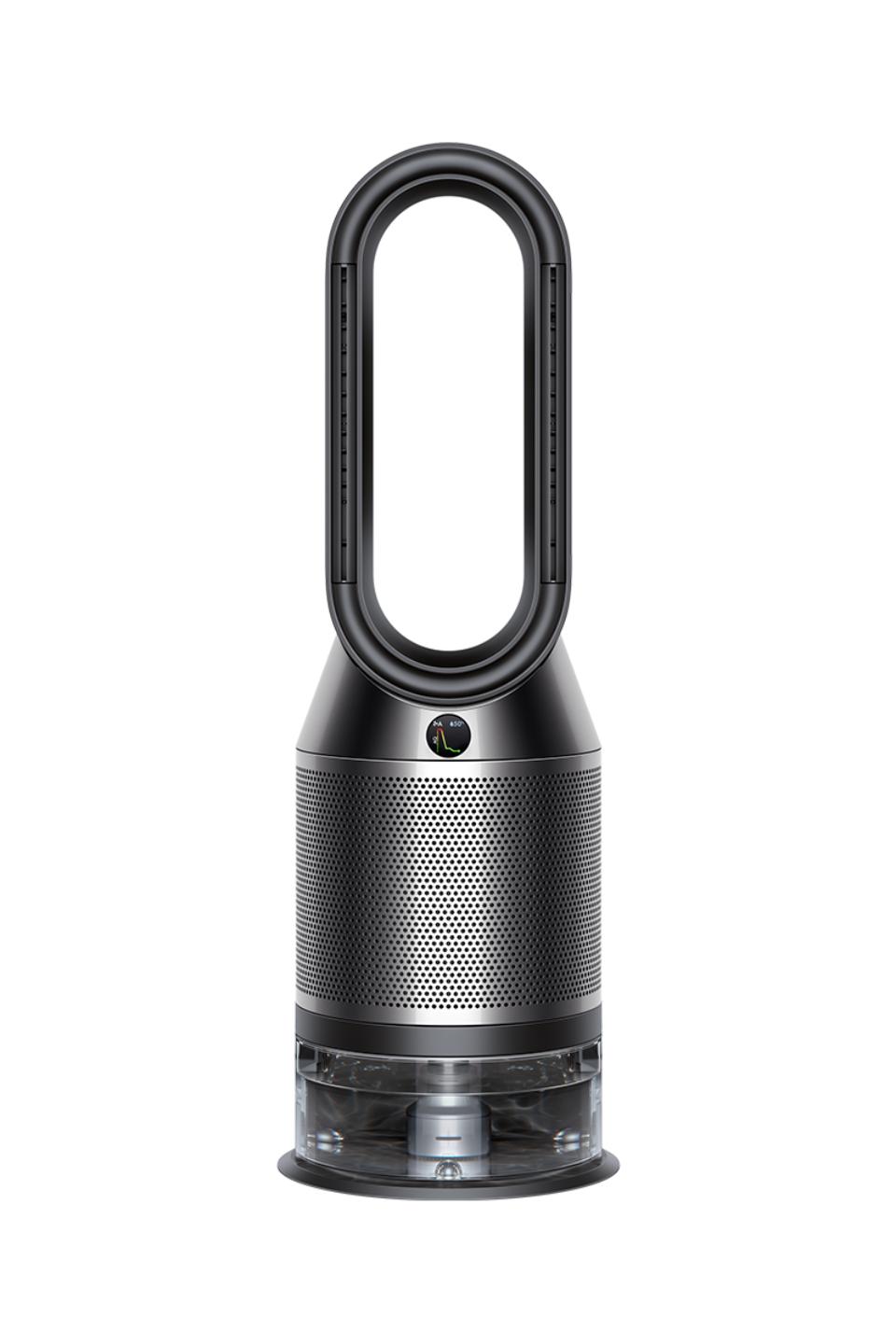
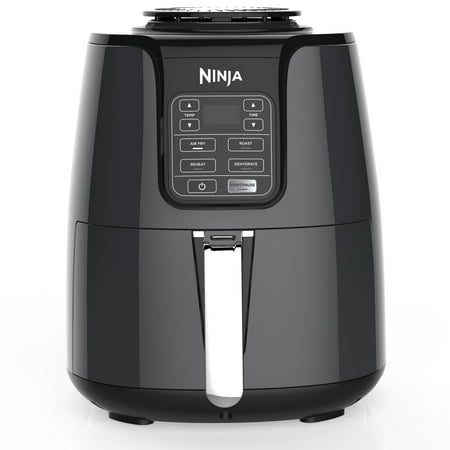
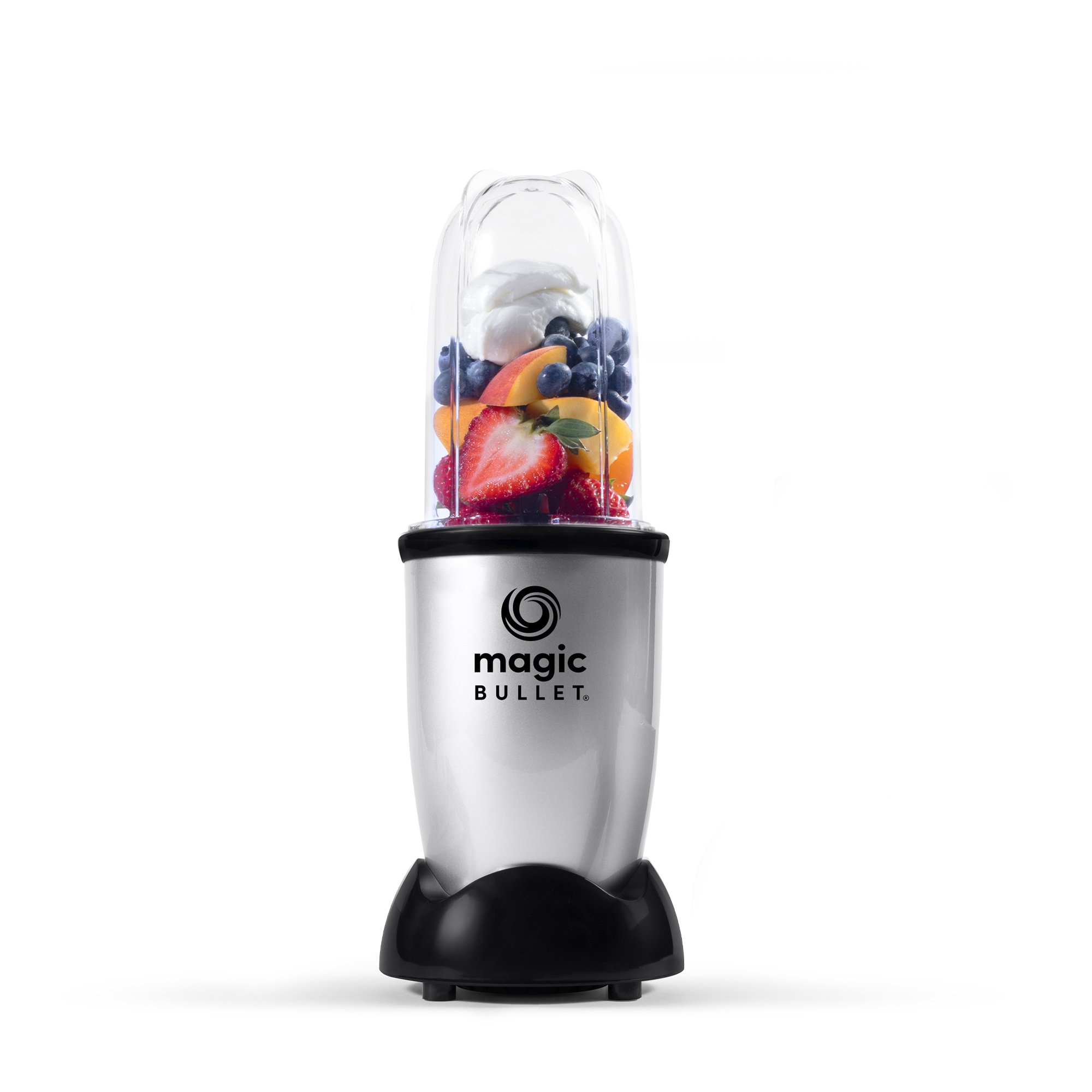
Reviews
There are no reviews yet.